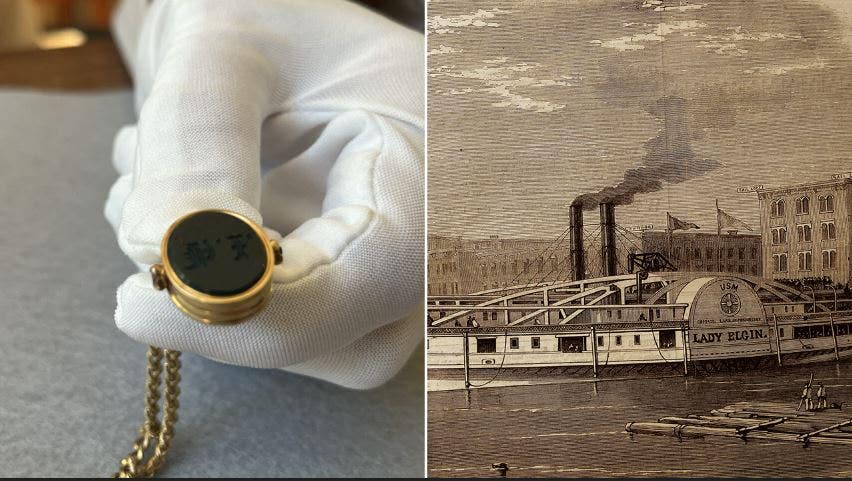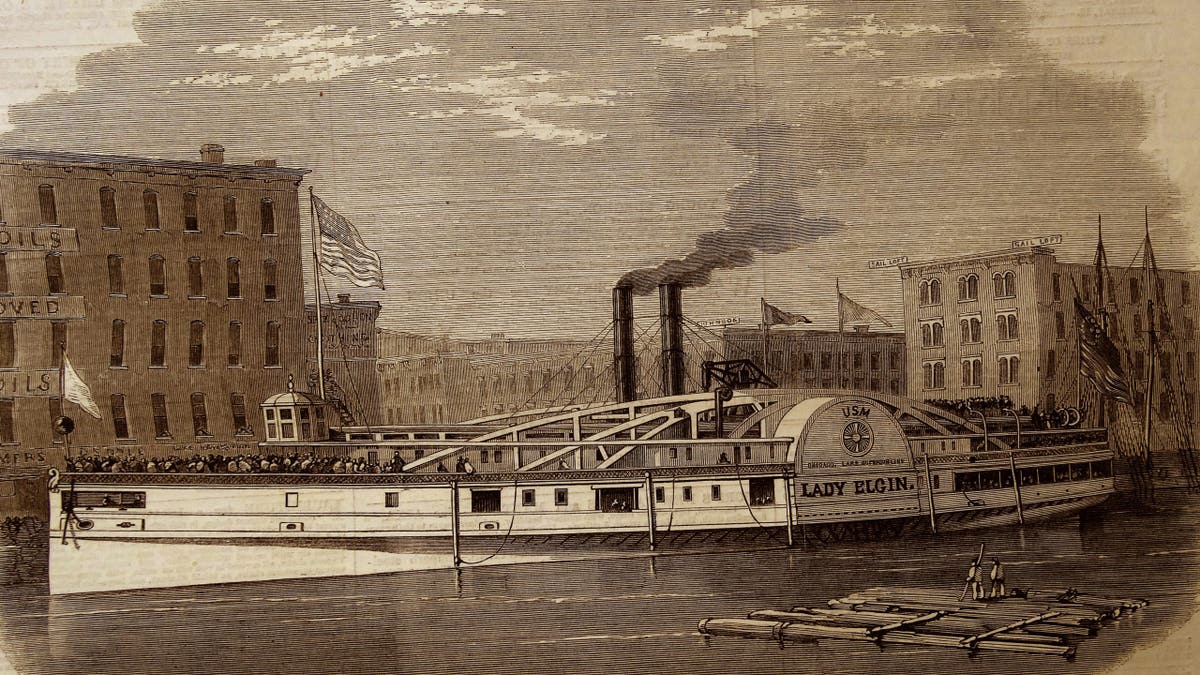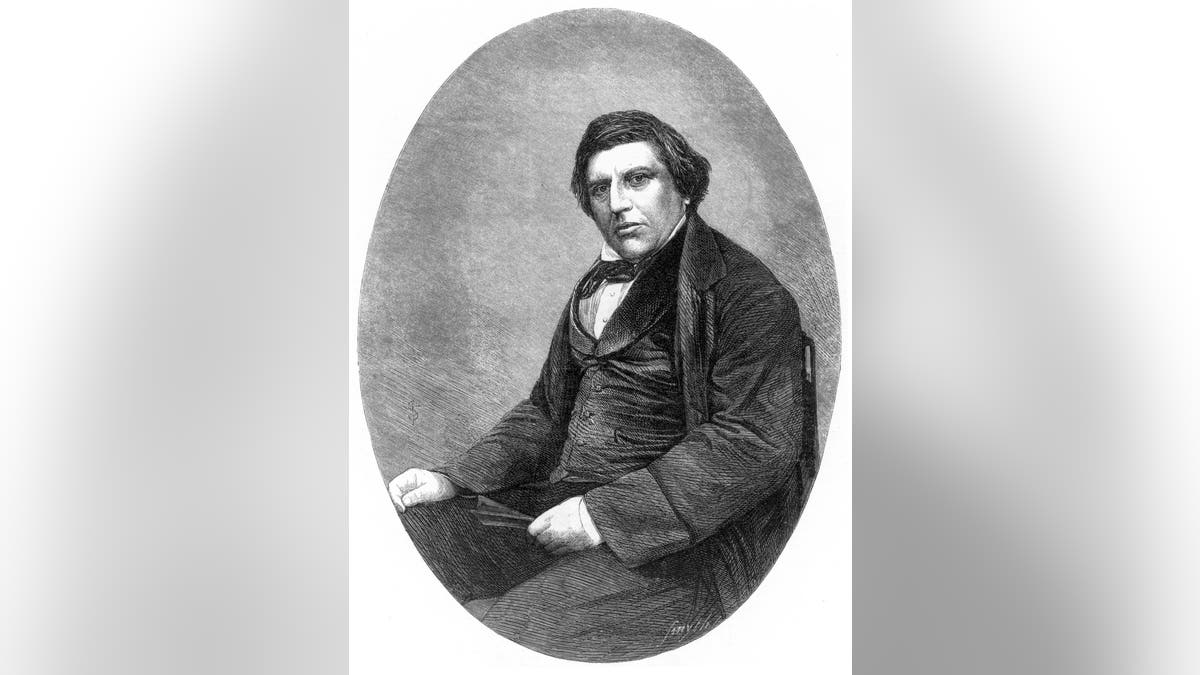Historic gold watch lost in deadly Lake Michigan shipwreck 165 years ago finally returns home

When the Lady Elgin sank on Lake Michigan in 1860, British journalist and politician Herbert Ingram was lost to the deep, but 165 years later his pocket watch has returned home.
The steamship quickly sank on Sept. 8, 1860, when it collided with a schooner during a storm off Winnetka, Illinois, killing more than 300 people, with many unable to make it to lifeboats before it went down.
Ingram and his son both died in the sinking with his gold watch going down with them.
After the sinking, Ingram’s body was recovered, and he was returned to England, and buried in his hometown of Boston in Lincolnshire.
MYSTERIOUS 18TH-CENTURY WARSHIP UNEARTHED AT GROUND ZERO SITE GETS NEW HOME
The pocket watch was discovered by divers in 1992, but remained in the U.S. until this May, when it was given to a historian to examine.
“Back in 1992, when my team was documenting the remains of the Lady Elgin scattered over more than a mile of lake bottom, other divers were visiting the site,” Valerie Van Heest, co-founder of the Michigan Shipwreck Research Association who wrote “Lost on the Lady Elgin,” told FOX 17. “The location had leaked, and a trio of divers I have just recently learned, came upon a pocket watch. A gold pocket watch, an extraordinary discovery.”
She added that Ingram was a “member of Parliament. He was also the founder of the London Illustrated News, which was the first time a newspaper printed images in the paper. So he was really the founder of pictorial journalism.”
Van Heest told BBC News she quickly realized that the watch “doesn’t belong in America. It belongs in Boston, England, where Herbert Ingram was from, where a statue of him still stands.”
TITANIC PASSENGER’S POSTCARD SENT DAYS BEFORE SINKING SELLS FOR BIG BUCKS AT AUCTION

Experts say the watch remained in relatively good condition while on the lake floor because of the lake’s cold, low-oxygen environment, according to People magazine.
Ingram is celebrated as the “favorite son” of the Lincolnshire town where he was born and buried and where a statue of him stands.
Van Fleet bought the watch, then donated it to the Boston Guildhall Museum, which happened to be putting together an exhibit on Ingram at the time.
“They didn’t have any physical artifacts, and here I was offering not only an artifact, but Herbert Ingram’s personal watch,” Van Heest said. “It was an extraordinary, serendipitous occurrence.”
Councilor Sarah Sharpe, from Boston Borough Council told the BBC: “The fact that this small part of him is coming back to his hometown to be displayed is really special and important.”

The museum celebrated the watch’s return on May 24, calling it a “day to remember.”
“Today, Boston came together to honour the life and legacy of Herbert Ingram — journalist, reformer, and one of our town’s most influential figures — as his long-lost gold watch, recovered from the wreck of the Lady Elgin, was officially returned home,” the museum wrote on Facebook. “From a private tribute at his grave, to the ceremonial handover at the Ingram Memorial, to the powerful stories shared at Boston Guildhall — every moment was filled with reflection, pride, and awe.”
The museum added, “Thank you to everyone who joined us today — in person and in spirit. Boston history is alive and ticking.”







